I've been exploring a similar problem for a computational topology class and have had some success with the method outlined below.
First you will need a comparison function that will evaluate the height at two input points and will return < or > (not equal) for any input. One way to do this is that if the points are equal height you use some position-based or random index to find the greater point. You can think of this as adding an infinitesimal perturbation to the height.
Now, for each point, you will compare the height at all the surrounding neighbors (there will be 8 neighbors on a 2D rectangular grid). The lower link for a point will be the set of all neighbors for which the height is less than the point.
If all the neighboring values are in the lower link, you are at a local maximum. If none of the points are in the lower link you are at a local minimum. Otherwise, if the lower link is a single connected set, you are at a regular point on a slope. But if the lower link is two unconnected sets, you are at a saddle.
In 2D you can construct a list of the 8 neighboring point in cyclic order around the point you are checking. You assign a value of +/-1 for each neighbor depending on your comparison function. You can then step through that list (remember to compare the two end points) and count how many times the sign changes to determine the number of connected components in the lower link.
Determining which saddles are "important" is a more difficult analysis. You may wish to look at this: http://www.cs.jhu.edu/~misha/ReadingSeminar/Papers/Gyulassy08.pdf for some guidance.
-Michael

